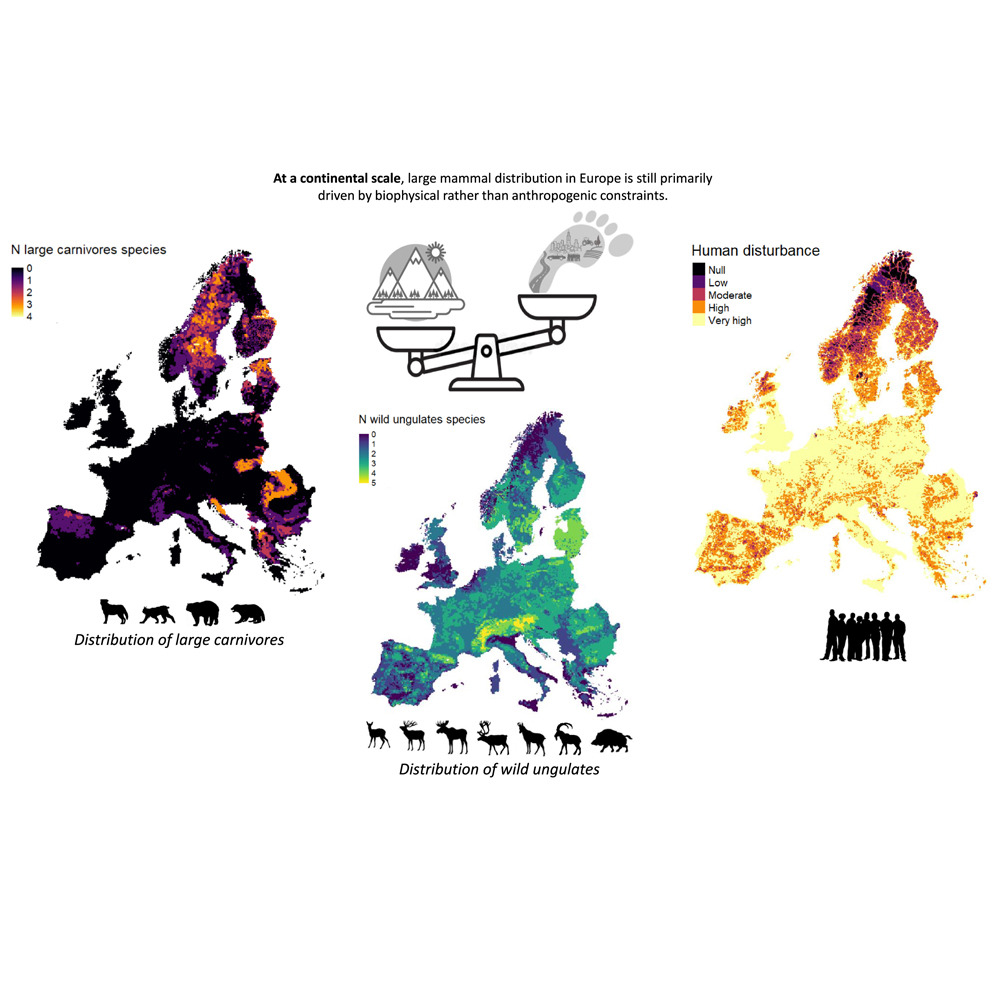Elsevier,
SLAS Discovery, Volume 26, October 2021
Organoids are three-dimensional, functional structures that mimic in vivo organs. They offer new opportunities for the modeling of cancer and infectious and rare hereditary diseases. Furthermore, the advent of organoid biobanks opens new avenues for drug screening in a personalized fashion and holds much promise for personalized regenerative medicine. Thus, there is a need for reproducible, large-scale organoid generation with minimal variability, making manual approaches impracticable. Here, we review the current use of automation in organoid culture and analysis, using cerebral and retinal organoids as illustrations of current applications. An increased demand for automated organoid platforms is anticipated.
Elsevier, EClinicalMedicine, Volume 39, September 2021
This Research Paper supports SDGs 5 and 10 by applying machine learning techniques to understand gender-based violence in contexts with low prevalence data, offering insight into factors associated with non-marital sexual violence in India.
Elsevier,
Boissonneault, M. and Rios, P., 2021. Changes in healthy and unhealthy working-life expectancy over the period 2002–17: a population-based study in people aged 51–65 years in 14 OECD countries. The Lancet Healthy Longevity, 2(10), pp.e629-e638.
This study supports SDGs 3 and 8 by estimating the healthy and unhealthy working-life expectancy in 14 countries between 2002 and 2017. The study used cross-sectional data from surveys on ageing. Across all countries, increases in the number of years working were accompanied by an increased number of unhealthy working years, most frequently due to hypertension or arthritis.
Elsevier,
The Lancet Planetary Health, Volume 5, September 2021
A Personal View in support of SDGs 1, 2, and 13, describing how use of quantitative data can support targeted interventions for nutrition resiliency and suggesting actions that can help to prevent acute malnutrition in the context of worsening climate and conflict conditions.
Elsevier, The Lancet. Planetary health, Volume 5, 1 September 2021
BACKGROUND: Many regions of the world are now facing more frequent and unprecedentedly large wildfires. However, the association between wildfire-related PM2·5 and mortality has not been well characterised. We aimed to comprehensively assess the association between short-term exposure to wildfire-related PM2·5 and mortality across various regions of the world. METHODS: For this time series study, data on daily counts of deaths for all causes, cardiovascular causes, and respiratory causes were collected from 749 cities in 43 countries and regions during 2000-16.
Elsevier, iScience, Volume 24, 24 September 2021
A critical question in the conservation of large mammals in the Anthropocene is to know the extent to which they can tolerate human disturbance. Surprisingly, little quantitative data is available about large-scale effects of human activity and land use on their broad scale distribution in Europe. In this study, we quantify the relative importance of human land use and protected areas as opposed to biophysical constraints on large mammal distribution.

